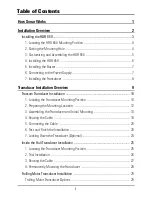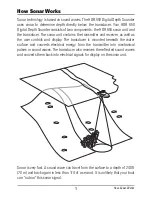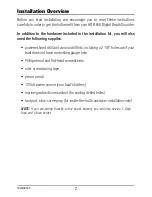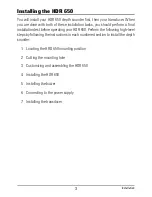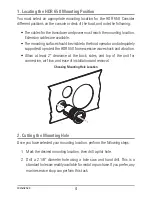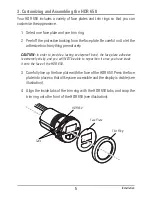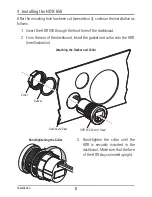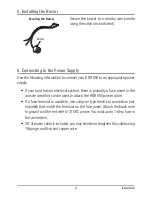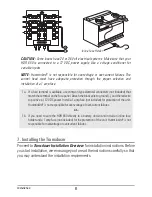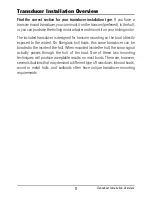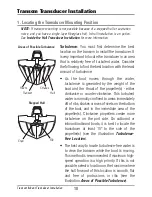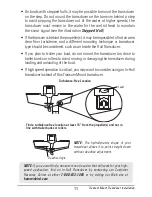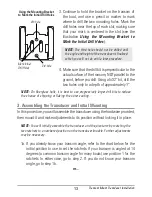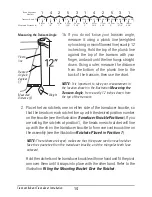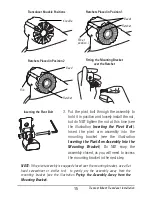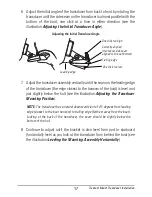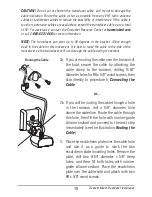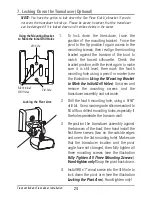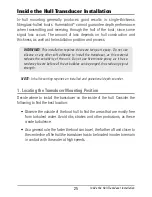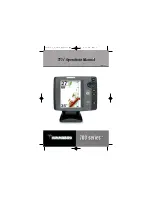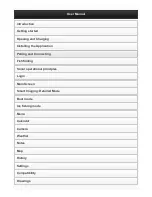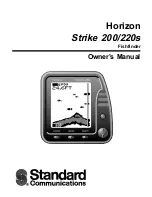
Transom Transducer Installation
1. Locating the Transducer Mounting Position
NOTE:
If transom mounting is not possible because of a stepped hull or cavitation
noise, and you have a single layer fiberglass hull, In-hull installation is an option.
See
Inside the Hull Transducer Installation
for more information.
Turbulence:
You must first determine the best
location on the transom to install the transducer. It
is very important to locate the transducer in an area
that is relatively free of turbulent water. Consider
the following to find the best location with the least
amount of turbulence:
• As the boat moves through the water,
turbulence is generated by the weight of the
boat and the thrust of the propeller(s) - either
clockwise or counter-clockwise. This turbulent
water is normally confined to areas immediately
aft of ribs, strakes or rows of rivets on the bottom
of the boat, and in the immediate area of the
propeller(s). Clockwise propellers create more
turbulence on the port side. On outboard or
inboard/outboard boats, it is best to locate the
transducer at least 15" to the side of the
propeller(s) (see the illustration
Turbulence-
Free Location
).
• The best way to locate turbulence-free water is
to view the transom while the boat is moving.
This method is recommended if maximum high-
speed operation is a high priority. If this is not
possible, select a location on the transom where
the hull forward of this location is smooth, flat
and free of protrusions or ribs (see the
illustration
Areas of Possible Turbulence
).
Areas of Possible Turbulence
Rivets
Strakes
Transom
Hull
Stepped Hull
Rib
Step
10
Transom Mount Transducer Installation



